
By William Van Zyl (2021)
Table of Contents
Listen to the podcast of the article:
https://www.podbean.com/ew/pb-r8ua7-10f7929
The wet blade made a long continuous ‘slit’ sound as he sliced through the skin and flesh. The tummy opened. The well-skilled calloused hand reached inside the warm body to remove the intestines. It was still warm. He stopped. The eyes of the fisherman widened.
‘What! What is in here?’
Carefully, the brown tanned and sun-spotted hand grabbed the bizarre shaped objects – still lodged in the intestines. Carefully, he pulled it out.
‘Could this be the find of a lifetime?’
As the inky-grey gel mixed with dark-red clotted blood, the brain-shaped intestines popped out. The lungs, heart, and other organs followed – sliding out sideways.
He ripped through the intestines, now lying on the table. The odd-looking objects were uncovered. It stared at them.
‘There is a cross-shaped object and some bones! Shouted his friend. He is looking over the muscly fisherman’s strong shoulder.
‘I can’t believe my eyes!’ announced the perplexed freshwater fisherman. His arm is reaching deeper into the bloody belly of the fish. More of the intestines slid out.
What else could be in there?
From the belly, the massive catfish – weighing in at an astonishing 413 lbs, caught from the Oder River – the cap badge of a former SS soldier had appeared. An eagle and a swastika decorated the badge.
The fisherman rinsed the badge under clean water.
“Could this cap badge date from the Second World War?”
“What!”
“This fish must be at least a hundred years old!”
Some bone fragments including the cap bone of a skull were laying on the table – now fully rinsed.
The story is not true. However, just for fun, here are the ‘details’:
The photograph of the bones, shows human remains that date back to well before Nazi Germany. The photograph actually shows 17th-century human bones that were excavated from James Fort, Jamestown. The photograph of the World War II medal has been circulating since at least 2009, when it was auctioned off by the Dotta Auction Company. Read more how this post was created - source: https://www.snopes.com/fact-check/nazi-remains-giant-catfish/
Reportedly, Alfons Brzozowski and Marek Zdanowicz were fishing near the Oder’s confluence with the Bóbr river on April 6, when they made a fantastic catch: a gigantic Wels catfish, measuring 12 feet (3.68 meters) and weighing 187.5 kg.
A local scientist, Dr Patek Lojko, reported on the unusual find:
“We have only a few fragments of bones, and much of the skeleton is missing. We don’t have enough evidence to determine the cause of death, but we are almost certain that the bones are those of a German SS officer. We found a SS hat eagle badge and two buttons, and a cufflink from the same uniform. Unfortunately, many bones and artefacts seem to have been “evacuated” naturally by the fish over the years, and the gastric juices damaged the DNA in the bones. Hence, formal identification is impossible for the moment.”
Source: https://linesonthewater.anglingtrust.net/2020/01/03/10-crazy-things-found-inside-fish/
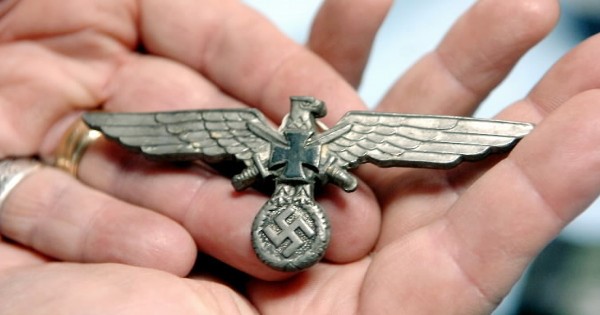
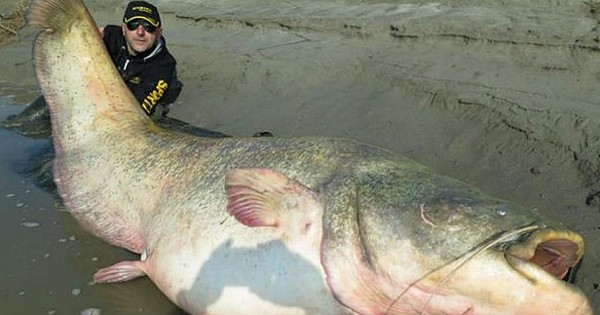

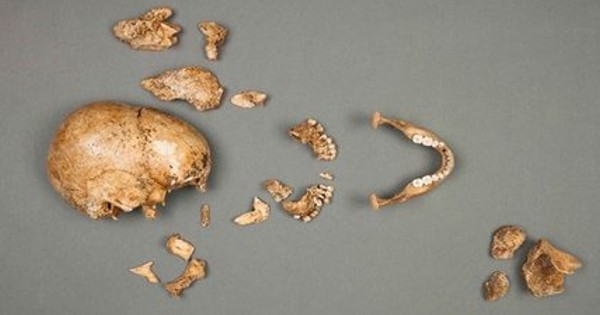
The Artwork prompted the author to compare the untrue Wels catfish with a true 2000-year-old fishing story.
I have been sketching for the first time with oil pastels and watercolours – mixed media. The oil pastels go on the waterproof paper first, and then the watercolour washes go over the waxy pastels. The watercolour paint flows over the pastel and creates exciting shapes and forms. See my first attempt at a goldfish – inspired by the well-known artist Paul Klee (‘The Goldfish’). There is no metal badge or fragments of human bones inside this fish. I have a surprise though, wait for it.
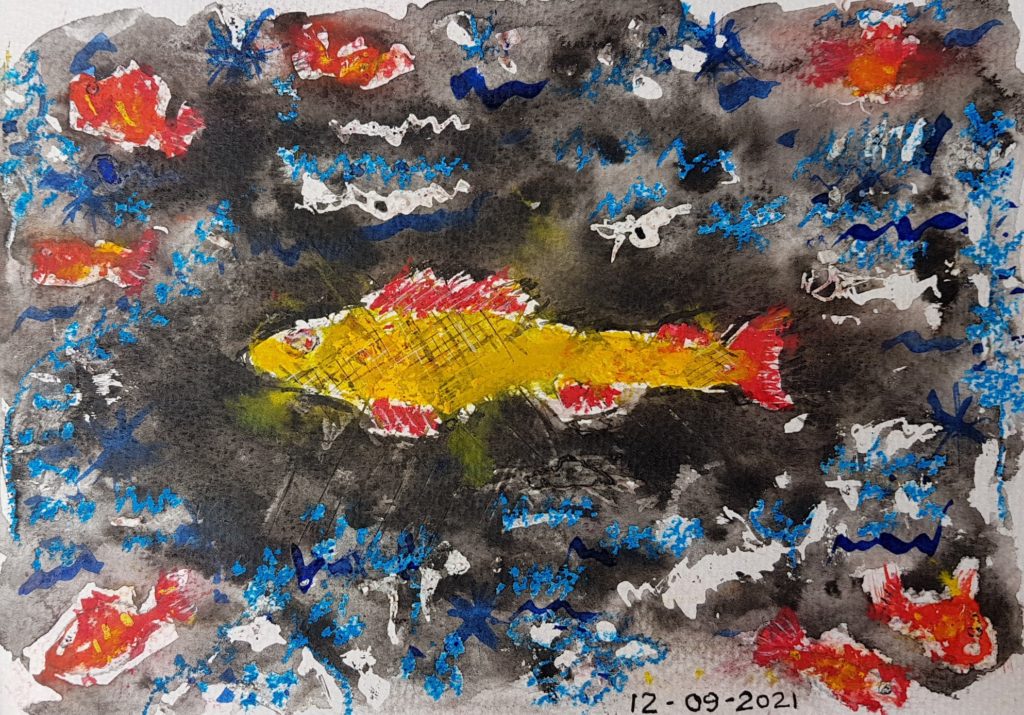
The image of The Goldfish artwork has been included to enlighten the reader of the origin of this article.
Everyone loves a good fishing story. Right? Here I contrast the untrue events of the WW2 treasure found in the tummy of the catfish with a coin found in the mouth of a freshwater fish in Israel – true events. In the 2000-year-old true fishing story, there was a dilemma. How to pay the church tax? Herod instituted the church tax.
The Tax Problem – solved 2000 years ago – by catching freshwater fish.
Not using a net as you would expect. This is a remarkable fishing story. Imagine you are sent with a line, hook and sinker, to catch a fish with an instruction to find a coin in the mouth of the fish? Are you serious? Was the coin too large for the fish to swallow? Why did Peter not find it in its tummy? Was the coin stuck in its mouth? Why did the fish grab the coin? Did the fish grab the coin just before Peter caught it? Did the coin appear miraculously in the mouth of the fish? It sounds ridiculous, right? At the end of the day, the cash was in the fish’s mouth, and the temple tax could be paid. Problem solved. We all face troubles from time to time, right?
Solution: ‘At His Word.’
Here is an excellent blog post that analyses and discusses the finding of the coin, and consequently paying the temple tax. Thanks, David Norczyk!
Blogger, David Norczyk (Dec 20, 2020), writes about the ‘two drachma tax.’
‘There was a tax in the days of Jesus called “the two-drachma tax.” It was a temple tax with an obscure history. In Exodus 30:11–16, God instructed Moses to collect a half-shekel flat tax from those over the age of twenty. This occurred during the time of the census, which is the Book of Numbers. The purpose of the tax was for the service of the tent of meeting (also called the Tabernacle) that travelled with the Israelites through the wilderness. Israel’s history basically viewed this tax as a one-time event. It was not prescribed for every generation, but in Jesus’ day, it had been reinstituted in the name of tradition. King Herod’s temple restoration and enhancement program were still ongoing in its forty-sixth year at this encounter.
Second, there was the issue of funding the tax (17:26b). Most men would rather fish than work. Jesus blessed Peter by giving him an opportunity to work for his tax payment. “Go to the sea”, which is the Sea of Tiberias. “Throw in a hook” is far different from the other fish-catching stories of the Bible, which always include a net. One hook for one fish was Jesus’ prescription. It did not offer the type of sales volume to pay the equivalent of two days wages (1/2 shekel), but there was a catch to it (sorry!). The first fish caught would have a shekel in its mouth (17:26c). A full shekel would provide the tax payment for Peter (1/2) and Jesus (1/2).
Nevertheless, lest we offend them, go to the sea, cast in a hook, and take the fish that comes up first. And when you have opened its mouth, you will find a piece of money; take that and give it to them for Me and you.” Matt 17:27
Peter was a man. He was not the Son of God. He was an owing tax stranger. He owed a debt he could not pay. Jesus was not just a man. He was the Son of God. He was a tax-exempt Son. Therefore, He paid a debt, He did not owe.’
Credit: David Norczyk. https://davidnorczyk.medium.com/jesus-paid-it-all-the-two-drachma-tax-cde656849fc5
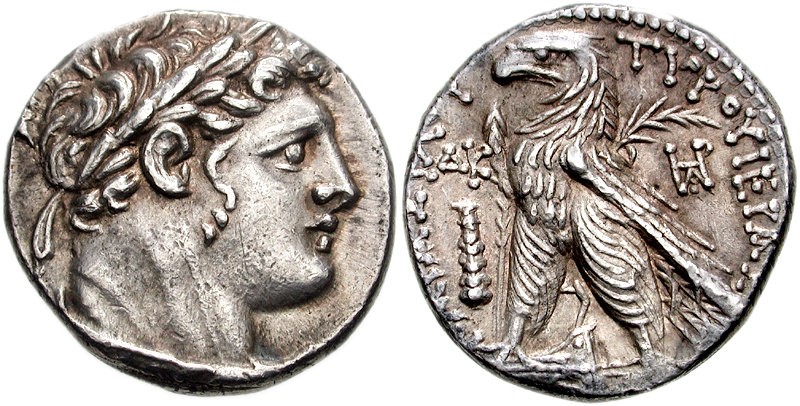
By the same token, Yeshua paid the price of sin committed for all of humanity. He did not owe this world anything. However, God gave his Son. He is Christ the Redeemer. He died for the sins of the world.
At His Word – do as He says.
At the wedding, Yeshua’s mum – Mary – said, “Do whatever he tells you.”
“Fill the jars with water.”
Water was turned into wine.
At His Word – do as He says – paying the temple tax.
Yeshua said to Peter.
“But so that we may not offend them, go to the sea, cast a hook, and take the first fish you catch. When you open its mouth, you will find a four drachma coin. Take it and give it to them for My tax and yours.” Matthew 17:27 Berean Study Bible
Identifying Yeshua’s voice – take Him at His Word.
He speaks through His Holy Spirit, through His Word and through others. Expect true miracles.
EBOOK COVER: *Attribution ebook (front cover): German officer – SS Cap – World War 2. Wolfmann, CC BY-SA 4.0 <https://creativecommons.org/licenses/by-sa/4.0>, via Wikimedia Commons.
Copyright © 2021 by William Van Zyl
Unparalleled find – a Badge, a Skull, and a 2000-year-old Coin.
All rights reserved. This book or any portion
thereof may not be reproduced or used in any manner
whatsoever without the express written permission of the
publisher except for the use of brief quotations in a book review.
Published by Five House Publishing (New Zealand)
First Publishing, 2021

More eBooks and articles are available at https://fivehousepublishing.com/
More about the author at http://williamvanzyl.com/